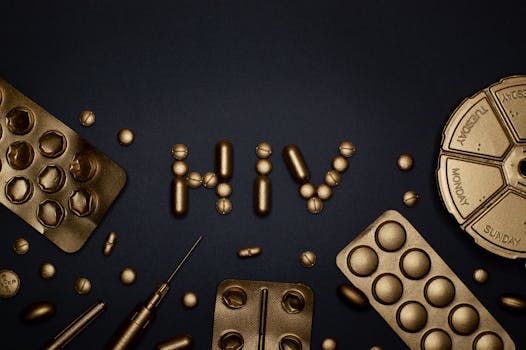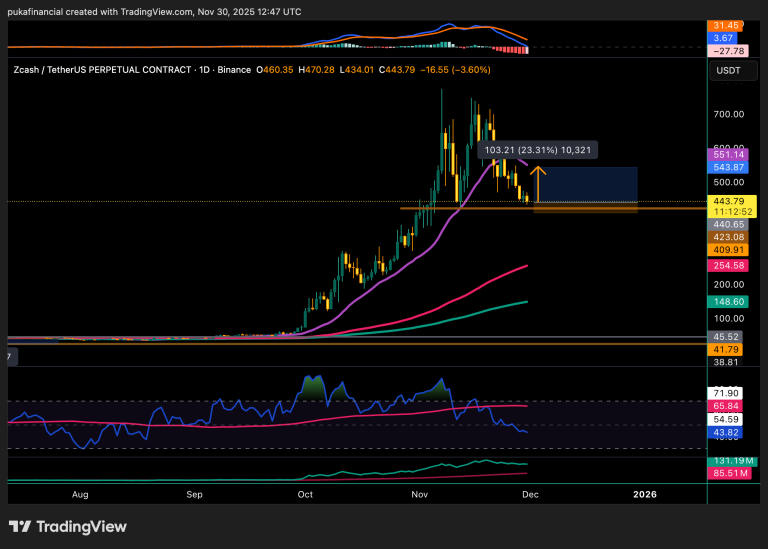
The Science Behind Vaccines and Public Health
Vaccines and Public Health: Introduction

Vaccines and public health are closely linked, and understanding the science behind vaccines is crucial for appreciating their impact on public health. The science behind vaccines involves a deep understanding of the immune system, microbiology, and epidemiology. In this article, we will explore the science behind vaccines and their role in maintaining public health.
What are Vaccines?
Vaccines are biological preparations that provide active acquired immunity to a particular infectious disease. They typically contain a microorganism or virus in a weakened or killed state, or proteins or toxins from the organism. When a vaccine is administered, it stimulates the body’s immune system to recognize and fight the disease-causing agent, without actually causing the disease.
How Do Vaccines Work?

Vaccines work by stimulating the immune system to produce antibodies and immune cells that can recognize and attack specific diseases. When a vaccine is administered, it is taken up by immune cells called dendritic cells, which process the vaccine and present it to T-cells. T-cells then activate B-cells, which produce antibodies that can recognize and bind to the disease-causing agent.
Types of Vaccines
There are several types of vaccines, including inactivated vaccines, live attenuated vaccines, conjugate vaccines, and recombinant vaccines. Inactivated vaccines contain a killed or inactivated microorganism or virus, while live attenuated vaccines contain a weakened form of the disease-causing agent. Conjugate vaccines combine a weakened bacteria with a carrier protein, while recombinant vaccines use genetic engineering to produce a specific protein or antigen.
The Role of Vaccines in Public Health

Vaccines have played a crucial role in maintaining public health by preventing the spread of infectious diseases. Vaccines have been responsible for the global eradication of smallpox and the control of diseases such as polio, measles, and tetanus. Vaccines have also been used to control the spread of infectious diseases such as influenza, pertussis, and meningitis.
Vaccine-Preventable Diseases
There are many vaccine-preventable diseases, including measles, mumps, rubella, pertussis, tetanus, diphtheria, and Haemophilus influenzae type b (Hib). These diseases can cause significant morbidity and mortality, particularly in children and vulnerable populations. Vaccines have been instrumental in reducing the incidence of these diseases and preventing their spread.
Challenges and Controversies in Vaccine Development

Despite the success of vaccines in maintaining public health, there are still challenges and controversies in vaccine development. One of the main challenges is the development of vaccines for diseases such as HIV, tuberculosis, and malaria, which have complex immune mechanisms and require novel vaccine strategies. There are also concerns about vaccine safety and efficacy, as well as issues related to vaccine accessibility and distribution.
Addressing Vaccine Hesitancy
Vaccine hesitancy is a growing concern that can have significant impacts on public health. Vaccine hesitancy refers to the delay or refusal of vaccines despite their proven safety and efficacy. Addressing vaccine hesitancy requires a comprehensive approach that involves education, communication, and community engagement. It is essential to provide accurate and reliable information about vaccines and to address concerns and misconceptions about vaccine safety and efficacy.
Conclusion

In conclusion, the science behind vaccines and public health is a complex and fascinating field that has led to the development of life-saving vaccines and improved public health outcomes. Vaccines have played a crucial role in maintaining public health by preventing the spread of infectious diseases, and their continued development and use are essential for protecting vulnerable populations and preventing the spread of diseases. Addressing vaccine hesitancy and ensuring vaccine accessibility and distribution are critical for maintaining public health and preventing the spread of infectious diseases.






